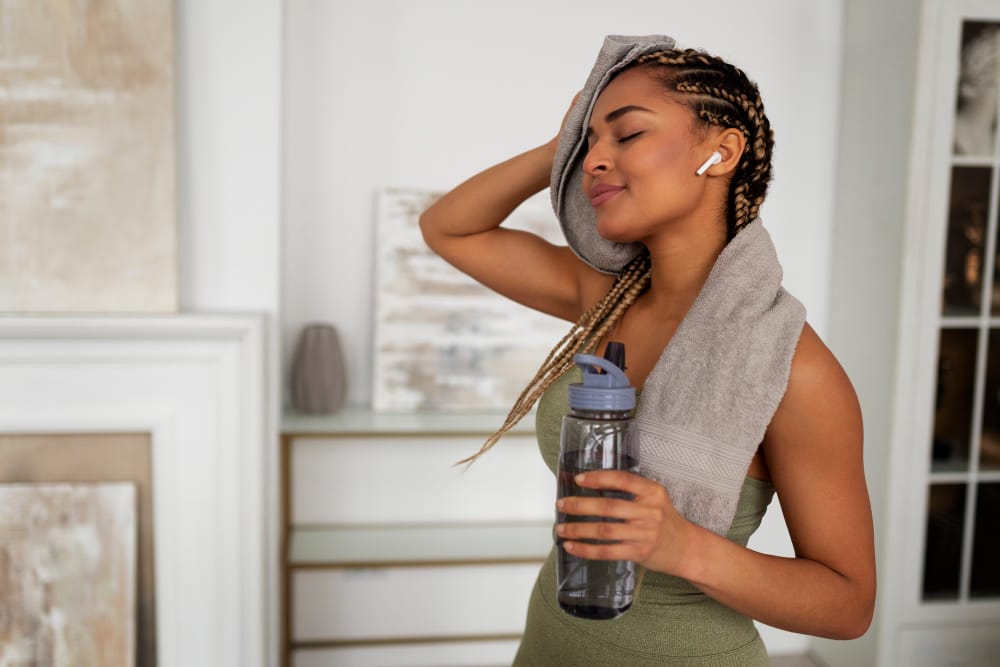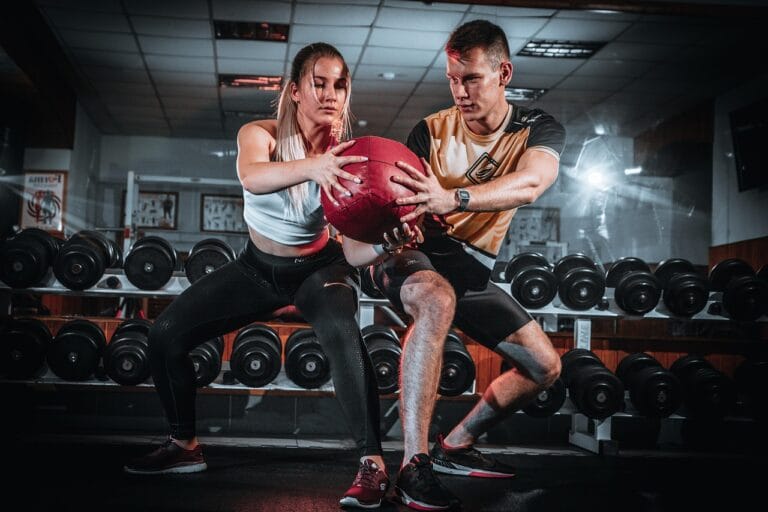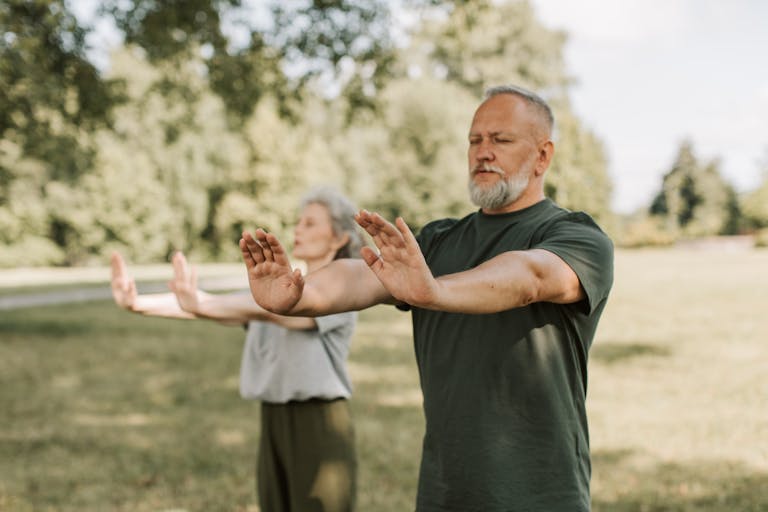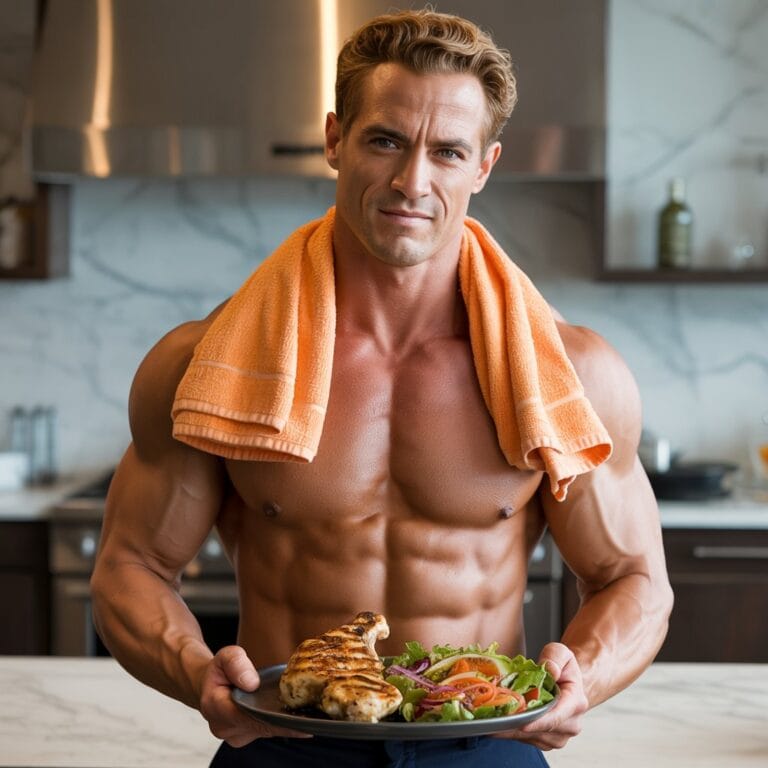FREE SHIPPING OVER $50
Forget Botox—This Exercise Reverses Skin Aging, According to Science
If you’ve been searching for younger, firmer skin without needles or expensive creams, science might have an answer that’s been hiding in plain sight: resistance training. Yes, the same strength workouts that help build lean muscle and tone your body may also be one of the most effective ways to fight skin aging—naturally.
In this article, we’ll explore what the research actually says about resistance training and skin health, how it compares to traditional anti-aging treatments like Botox, and what you can do to start reaping the skin-rejuvenating benefits right away. Spoiler: it’s way easier than you think.

What Does Skin Aging Actually Involve?
Before we dive into resistance training, let’s clarify what aging skin means from a biological standpoint. As we age, our skin undergoes several changes:
- Collagen production declines, causing skin to lose firmness.
- Elastin breaks down, making skin less resilient and more prone to sagging.
- Circulation slows, leading to dullness and reduced nutrient delivery.
- Skin thins, which increases the appearance of fine lines and wrinkles.
While skincare products try to address these changes externally, resistance training may work from the inside out.
The Science: Resistance Training and Skin Rejuvenation
A 2023 study published in Scientific Reports revealed something remarkable: resistance training improves dermal structure at a cellular level. In the study, middle-aged participants who performed regular resistance workouts for just 16 weeks saw measurable improvements in skin elasticity, thickness, and blood flow.
Researchers noted that resistance exercise increased the expression of key genes related to skin structure and collagen remodeling, essentially helping the skin behave more “youthfully.” Participants saw significant improvements in:
- Skin firmness
- Elasticity
- Blood circulation to skin layers
These benefits were seen even without changes in diet or skincare routines—just from lifting weights.
Why Resistance Training Beats Botox (In the Long Run)
Botox works by paralyzing facial muscles to reduce the appearance of dynamic wrinkles. It’s a short-term fix that wears off within 3 to 6 months. Plus, it does nothing to improve skin health or collagen production.
In contrast, resistance training doesn’t just mask aging—it actually reverses some of the biological processes behind it. It supports:
- Collagen production
- Improved circulation
- Cell turnover and regeneration
- Full-body anti-inflammatory effects
While the effects aren’t as instant as Botox, they’re longer-lasting and holistic.
How Resistance Training Helps Skin: A Breakdown
Let’s look deeper at exactly how resistance training delivers these benefits.
- Boosts Collagen Synthesis:
When you strength train, your body releases growth hormones like IGF-1, which promote collagen production. More collagen = firmer, plumper skin. - Increases Circulation:
Lifting weights elevates heart rate and blood flow, which delivers oxygen and nutrients directly to skin cells. That increased circulation helps detoxify skin and speed up repair processes. - Reduces Inflammation:
Chronic inflammation is a key driver of skin aging. Resistance training lowers inflammatory markers like CRP and IL-6, improving overall skin tone and texture. - Improves Muscle Tone Under the Skin:
As your muscles become more defined, they create a natural “lift” effect—making the skin look smoother and tighter from below. - Regulates Blood Sugar:
High blood sugar accelerates skin aging through a process called glycation. Resistance training helps regulate glucose and insulin levels, slowing this process.
What Kind of Resistance Training Works Best?
You don’t have to be a bodybuilder to get skin benefits from strength training. In fact, the study participants performed moderate-intensity exercises just three times per week. Here’s what worked:
- Bodyweight movements (squats, push-ups, lunges)
- Dumbbell or resistance band routines
- Machines like leg presses or cable rows
- Pilates or barre-style resistance moves
The key is progressive overload—gradually increasing resistance or reps over time.
How Often Should You Train for Skin Benefits?
Consistency is more important than intensity. Experts recommend:
- Frequency: 2–4 times per week
- Duration: 30–45 minutes per session
- Rest: 48 hours between training the same muscle group
Pairing resistance training with adequate protein intake, hydration, and sleep will also accelerate results.
Additional Lifestyle Tips to Maximize Results
Exercise is powerful, but combining it with smart habits can amplify the anti-aging effects:
- Hydrate Properly:
Skin cells thrive on water. Drink half your body weight in ounces daily. - Prioritize Sleep:
Recovery is where your skin regenerates. Aim for 7–9 hours per night. - Eat Skin-Supportive Foods:
Focus on antioxidants, healthy fats, and lean proteins—especially collagen-rich foods like bone broth, eggs, and fish. - Avoid Smoking and Excess Alcohol:
These accelerate skin aging by breaking down collagen and depleting vitamins like C and A. - Use SPF Daily:
No anti-aging routine is complete without protecting against UV damage.
Real People, Real Results
While research is compelling, the proof is also in everyday results. People who’ve adopted resistance training in their 40s, 50s, and even 60s often report:
- Brighter, more radiant skin
- Reduced sagging in the jawline and neck
- Less reliance on makeup or cosmetic procedures
- Boosted confidence in both body and face
It’s not about perfection—it’s about glow, strength, and vitality.
Conclusion
If you’re looking for a natural, science-backed way to improve your skin and combat the signs of aging, resistance training may be your secret weapon. It goes far beyond surface-level fixes and targets the biological root of aging—making it a smarter, more sustainable alternative to Botox.
So the next time you consider a pricey anti-aging serum or injectable, ask yourself: have you tried lifting yet?
Related Articles
- 8 Supplements To Slow Down Aging, According To A Harvard-Trained Doctor
- Magnesium Magic: Top Picks for Women Over 40 and Their Health Benefits
- 7 Anti-Aging Foods That Experts Say You Should Eat Daily for Youthful Skin
- The 5 Surprising Nutrients You Need to Boost Collagen Production Naturally—#1 You Already Have in Your Kitchen



